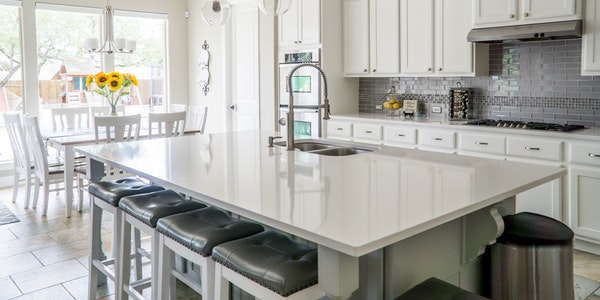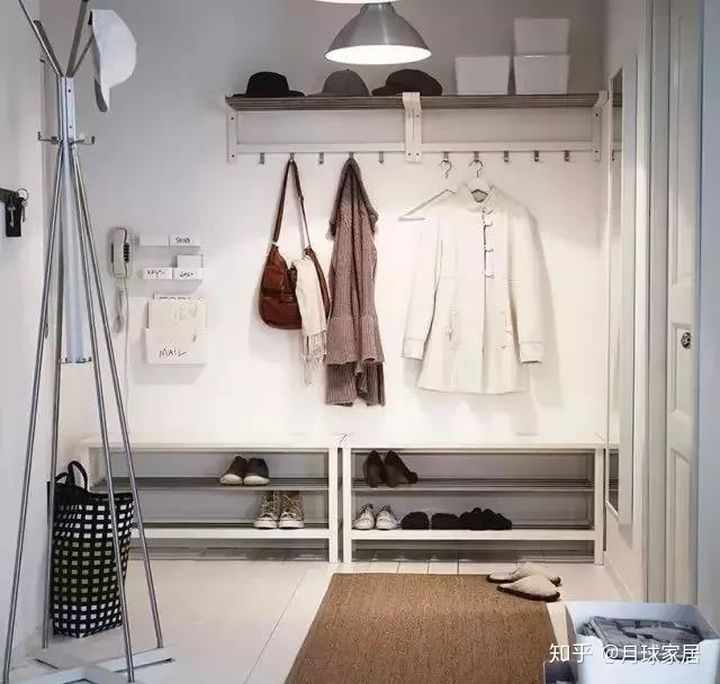Three basic principles
Many designers feel a headache about lighting design, not to mention you and me who don’t understand design. But home lighting also has a few easy to use and inexpensive rules. Although it can’t achieve the beautiful and advanced effects of hotels in one step, it is the easiest way for ordinary people like us.
Avoid glare
The most important thing about lighting at home is that the lights should never be dazzling. All light sources should not be exposed bulbs-if it is a uniform light such as a ceiling lamp or a downlight, then it must be equipped with a diffuser. If it is a directional light such as a spotlight, then the angle of the spotlight needs to be calculated and adjusted specifically, at least it is not possible to see the spotlight casually in the areas where we often move.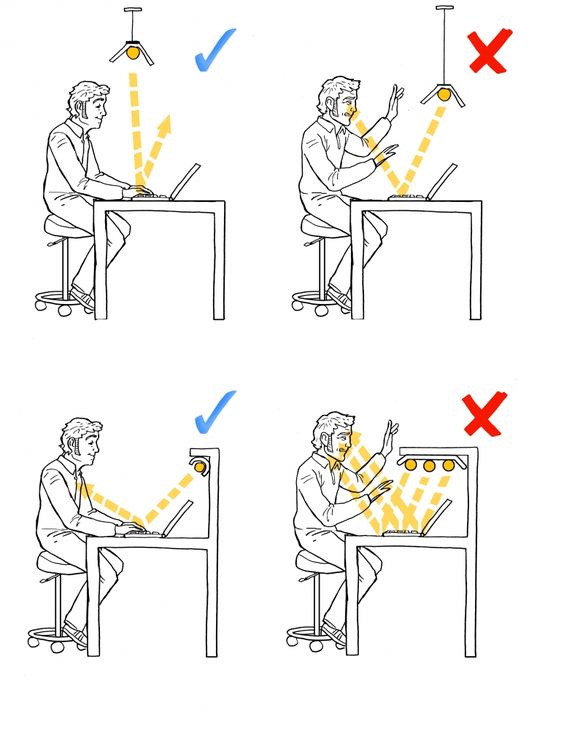
Also avoid the glare of reflected lights. Like children who like to stare at the lights, when using spotlights, it is even more necessary to adjust the position and angle of the spotlights. For example, in hotels, it is very common to install spotlights on the top of the bed, because we ordinary adults do not rely on lights that look up at the ceiling while sitting on the bed, but for children, this is a very dangerous design. In addition, pay attention to the glare caused by reflective materials and mirrors.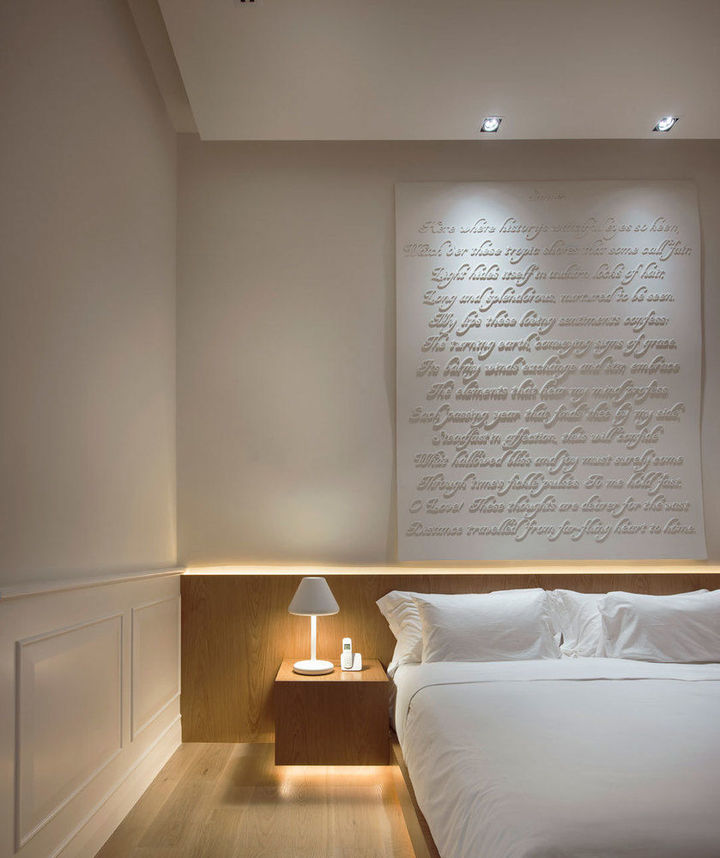
Consistent light color
The warm and cold tones of the light will be expressed by the color temperature. It doesn’t matter if you don’t understand this concept, but if you are not sure, the difference between the color temperature of the family’s lights should not exceed 500K, which is definitely not wrong. If you want to use white light, then all the lights are white light, if you want to use yellow light, then all the lights are yellow light. I really don’t know how to choose, so just choose 2700K warm yellow light. The light of this color is very close to the old-fashioned incandescent lamp. It does not damage the eyesight and looks very warm at home.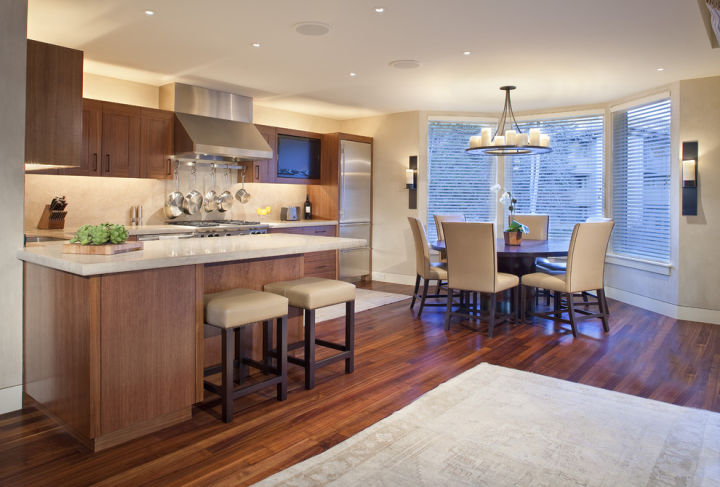
Not too bright and not too dark
No matter how hard you try, artificial lighting can’t surpass the sunlight. The light intensity in offices and shopping malls is generally stronger than that at home, but it is precisely because of the compliance with Rule 1, that even if it is bright, it will not make people feel dazzling. During the day, the outdoor brightness is 2 to 10 times that of the usual indoor brightness, and it can even reach 100 times in the sun. The lighting in the home can’t keep up with this number. At present, the common problem in most households is that the lighting is not bright enough, because the performance of each brand of lamps and lanterns is different, you can consult the shopping guide when buying, so don’t save these few dollars in electricity bills.
Lighting design standards for different indoor scenes
Porch
The porch is the first space to enter the door, and it pays attention to comfort. Different lighting combinations can be used to create, such as ceiling lights for whole-house lighting or indirect lighting with shelf lights above the shoe cabinet to brighten the walls and ceiling, and then use projection downlights to enhance the lighting effect of the entire space. Let the soft light diffuse in the entrance, and avoid relying on only one light source to provide illumination, which is likely to cause a sense of oppression in the space.
The color temperature of the entrance should be soft and comfortable. The recommended color temperature is about 2800k and the illumination is 100-200lux.
Living room
It is calculated based on 2.5~3W per square meter to match the ceiling lamp or downlight/spotlight. The ceiling lamp is installed in the middle of the sofa-TV area or directly above the coffee table, not in the middle of the room. If you install spotlights, one has to shine on the coffee table. The spotlight cannot directly shine on the TV, otherwise the TV screen will reflect light. There is a table lamp/floor lamp on the left and right sides of the sofa for easy reading. If you like to watch TV with the lights off, you also need to place a desk lamp or floor lamp on the side of the TV to protect your eyesight. If there are other functional areas in the living room, at least one more targeted lighting is needed for each functional area. If you want to be more aggressive, you can install spotlights and wall lamps to light up specific decorations, such as potted plants, hanging pictures, ornaments…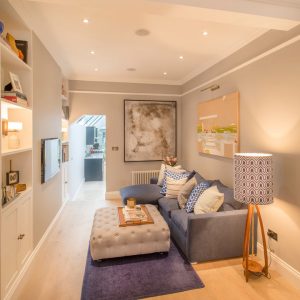
Restaurant
Use a chandelier with a lampshade directly above the dining table. The chandelier should be 70~80cm high from the table top. The light can be slightly brighter to make the dishes more delicious. Round and square dining tables are equipped with a chandelier, and long dining tables are equipped with 2 to 3 chandeliers. Make the dishes more delicious. Round and square dining tables are equipped with a chandelier, and long dining tables are equipped with 2 to 3 chandeliers. If the dining table is usually used as a desk for reading and writing, the light can be brighter. 1~2 3W spotlights are arranged directly above the sideboard.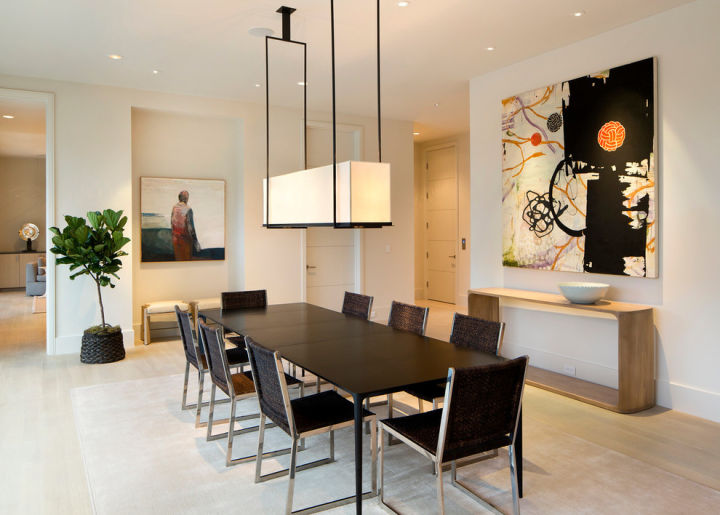
Kitchen
It is calculated based on 2.5~3W per square meter to match the ceiling lamp or downlight/spotlight, and the long-shaped kitchen ceiling lamp will also be scored as 2~3. Adjacent to the bottom of the wall cabinet, use T5 lamps as the operating table lighting. For better lighting effects, directional spotlights or track spotlights can be used to illuminate the interior of the wall cabinet. It is good to arrange a 3~5W lamp every 30cm for the spotlight, but the track spotlight can only be installed on the ceiling of the water-resistant gypsum board. If there is an island in the kitchen, the lighting of the island should refer to the dining table.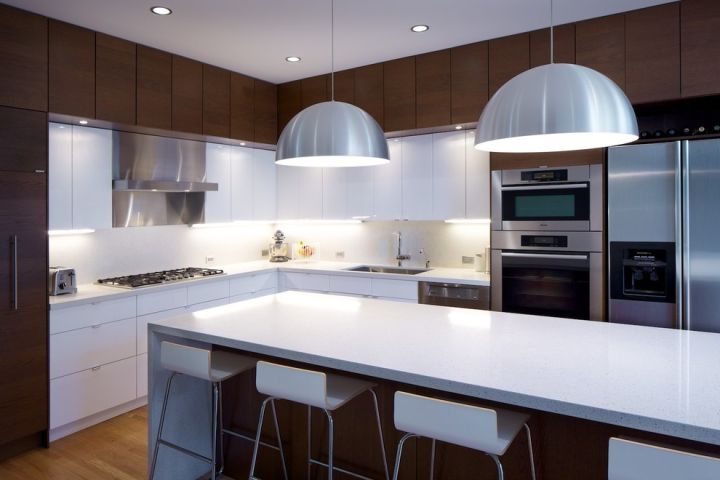
Bathroom
The ceiling lamp is calculated based on 2.5~3W per square meter. The ceiling lamp is installed not in the middle of the house, but between the shower area and the toilet. Install a mirror lamp in front of the sink. If there is no makeup requirement, a mirror lamp on the top of the mirror is enough; when there is a makeup requirement, there are lights on both sides of the mirror to reduce facial shadows. If you use spotlights instead of ceiling lights, it is enough to install a 3W spotlight directly above the sink, toilet, shower, and bathtub. If you use spotlights instead of ceiling lights, install them in the sink, toilet, and shower. , It is enough to install a 3W spotlight just above the bathtub.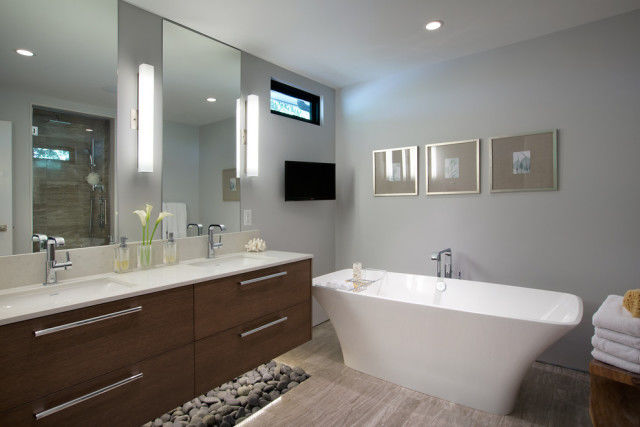
Adult bedroom
The bedroom lights are most suitable for a little dark and scattered, it is easy to create a romantic and ambiguous atmosphere, and indirectly increase the happiness index. There is a reading lamp with lampshade on each side of the bed. Compared with the table lamp, the wall-mounted reading lamp can save valuable bedside counter space, but no matter which one is used, there must be a switch at the bedside, and the two lamps are controlled separately. . Add a floor lamp next to the armchair. If you like to sit on a bay window, you can add a floor lamp by the bay window; if the bay window is long and there is a low table, the chandelier is arranged on the bay window in the same way as a dining table.
The front of the wardrobe can be equipped with pointing spotlights or track spotlights like a cabinet to illuminate the inside of the wardrobe. Even if the closet door is closed, the soft light reflected by the cabinet door can illuminate the room (glass, mirror, crystal steel cabinet doors are not included). When you have the habit of getting up at night, if possible, you can add a circle of light strips at the bottom of the bed and cabinet that can see the light but not the light. The switch is set at the bedside to create a soft night light that does not affect your partner’s sleep and is bright enough The ground, and will not be irritated by strong light suddenly when the eyes are drowsy.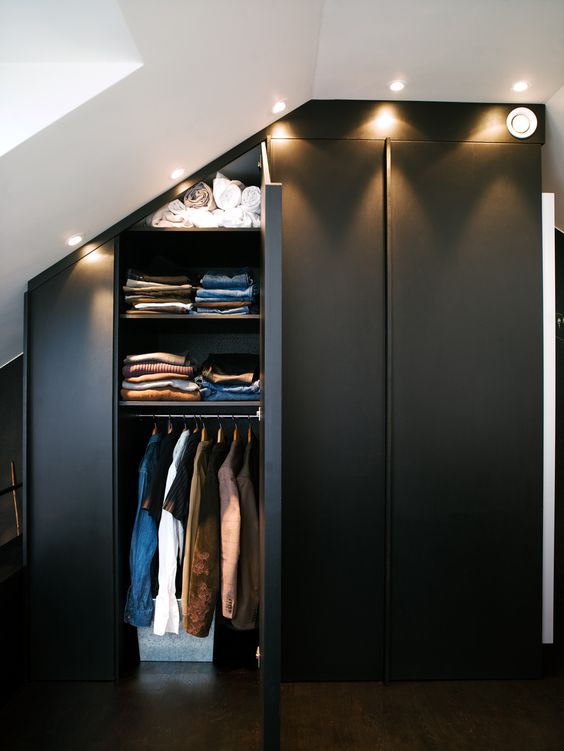
In the case of other sufficient lighting, it is no problem not to install the ceiling light, but even if the ceiling light is not installed, other headlights must be double-controlled on the entrance and bedside (such as the aforementioned spotlight to illuminate the wardrobe) ).
Children’s bedroom
Children are more sensitive to light than adults, and they like to stare at bright light sources. All light sources cannot be direct. Install ceiling lights, chandeliers or downlights based on 2~2.5W per square meter (downlights have frosted shades, so it is much safer), and dual-control switches are set at the head of the bed and the door. A reading lamp with eye protection function is arranged on the desk. Just put a night light with a lampshade at the bedside. In order to cultivate good sleeping habits, there is no need to install a bedside reading light. If you have the habit of reading to your baby before going to bed, place a floor lamp at the end of the bed or across a bedside table for adults to read.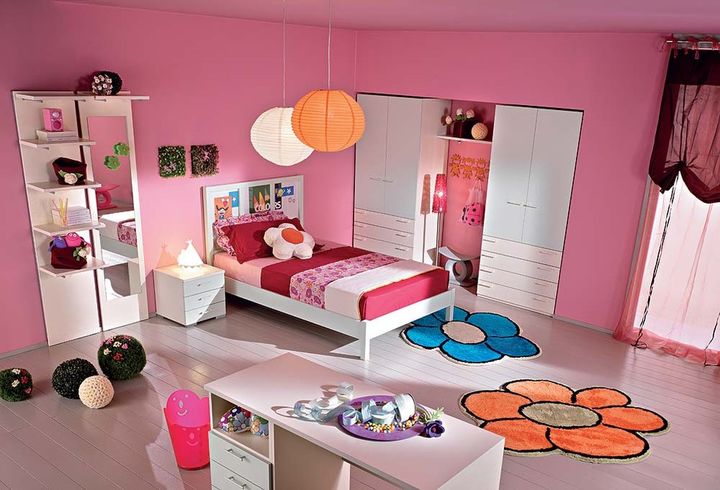
Seniors bedroom
With the declining age, the sensitivity of the elderly to light is only 1/5 of that of 30 years old. Therefore, the elderly’s bedroom should not be judged by your own feelings. It is best to ask the elderly for their opinions and add lights immediately. According to the standard of 5~8W per square meter or even higher to calculate the matching ceiling lamp or downlight, if you are really unsure, choose a chandelier that can replace the bulb instead of the ceiling lamp, so that if the light is too weak, you can replace it with a brighter bulb . Note that the lampshade must have a particularly good soft light effect.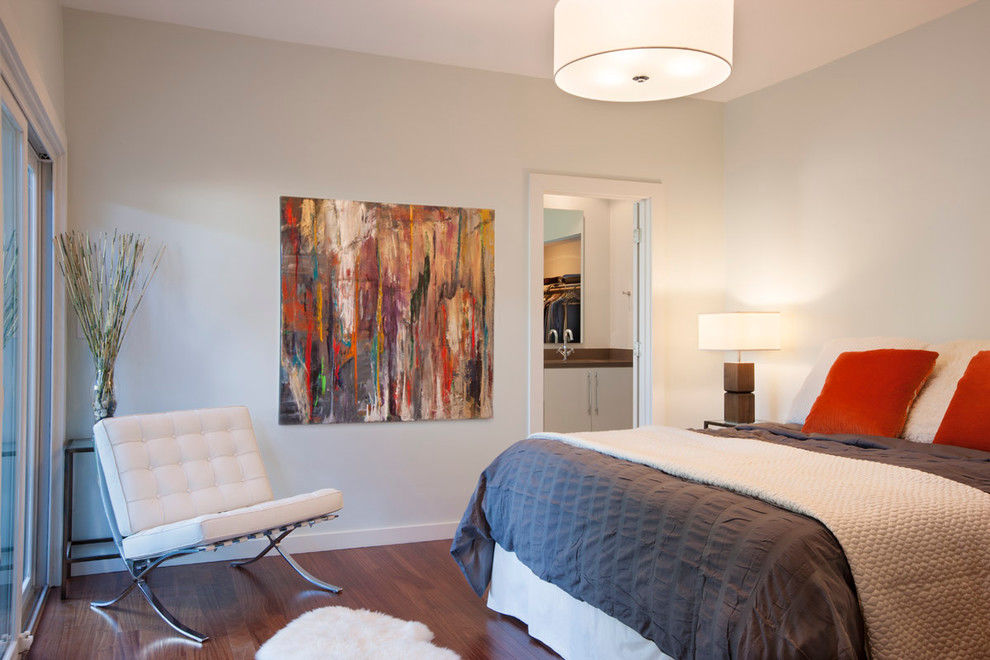
The elderly may need to sleep in separate beds. Therefore, it is recommended to use table lamps or wall lamps with adjustable angles for bedside lamps, especially table lamps. No matter how the position of the bed is moved, the switch and lamp can always stay on the side of the bed and just reach out. To the location. All cabinets should also have corresponding lighting. The large wardrobe can use the method mentioned before. For the drawer cabinet, a 3~5W spotlight that illuminates from top to bottom is enough. While referring to the lamp belt at the bottom of the bed mentioned earlier, reserve a night light position on the floor of the table legs, cabinet corners, etc. It is best to control it with the same switch as the lamp belt under the bed to avoid bumping.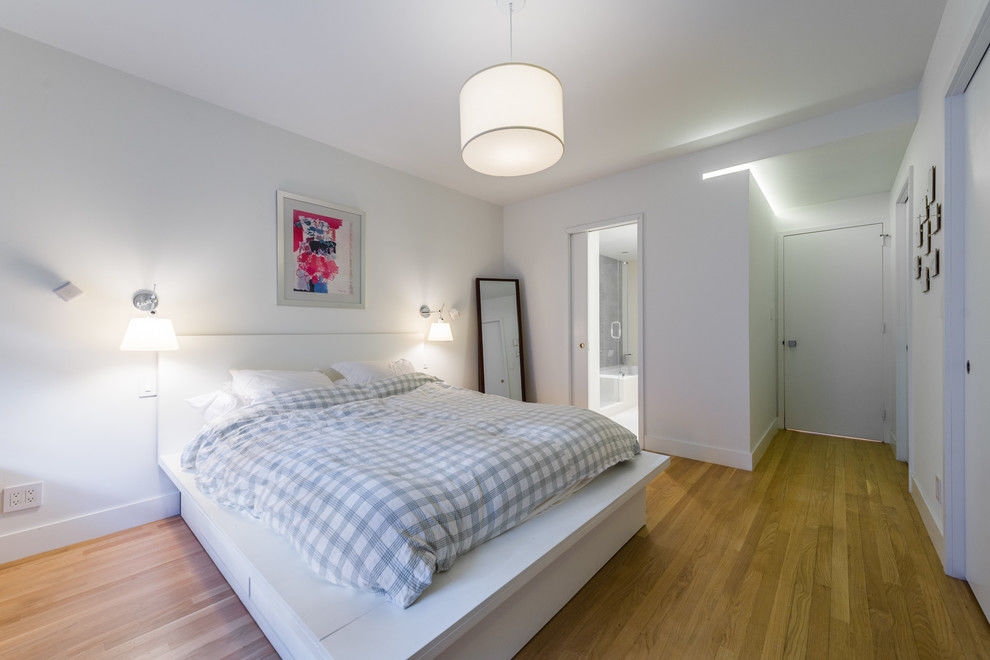
Stairs
Calculate with downlights, spotlights or chandeliers based on 3~5W per square meter. Because the stairs run through two floors, the ceiling lights must be high, and the light that really falls on the steps will be less. If possible, it is recommended to illuminate the stairs along the stairs. Light strips or small wall lamps can be used. Dual-control switches need to be installed up and down the stairs.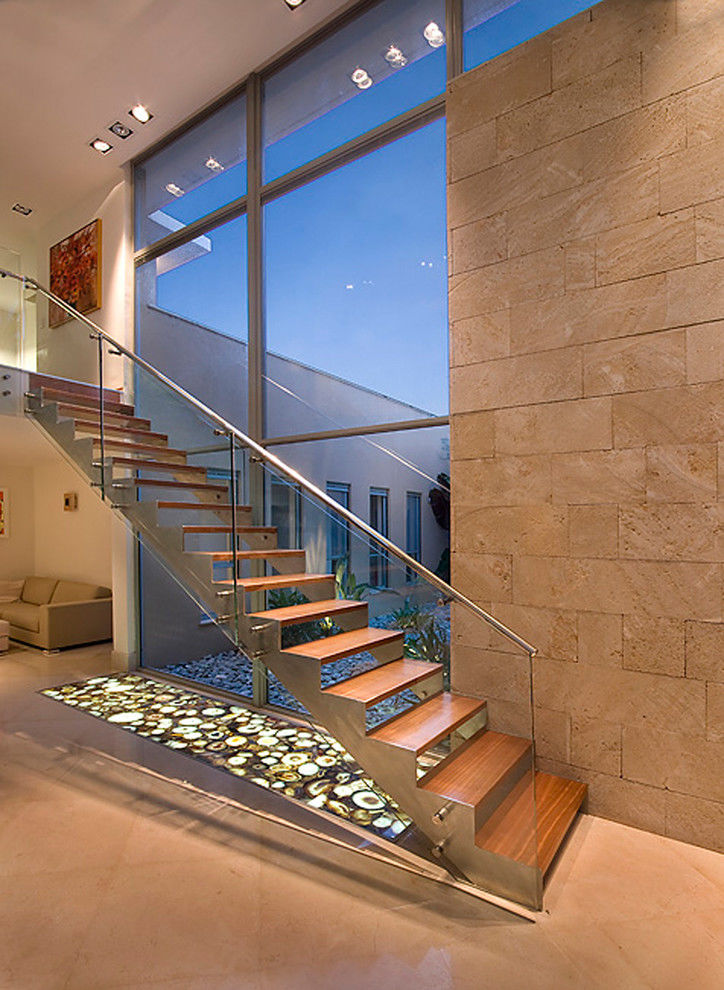
Basic knowledge of color selection
Color temperature
The color of the bulb is called the color temperature. The lower the value, the yellower the color of the light; the higher the value, the whiter the color of the light.
Generally, if the color temperature is low, it will bring a little orange, giving people a warm feeling; the light with a high color temperature will bring a little blue, giving people a refreshing and bright feeling.
How to choose the color temperature in different intervals:
The working area is suitable for white light with a color temperature of about 5000K, and the leisure area is suitable for warm white light with a color temperature of about 3000K.
In fact, positive white light or warm white light is not necessarily better. The main thing is to focus on the human visual senses. Usually, “function” and “space” can be used to distinguish the way of use.
Distinguish by function: white light is more realistic in color rendering, the contrast of illumination is larger, it tends to sunlight, and the color temperature is colder, so it is suitable for the lighting of work nature, the ambient light source is brighter and clearer, which can boost the spirit. Because of the relationship of color temperature, yellow light has a visual sense of warmth, and the contrast of lighting is small, which is suitable for shaping interpersonal relationships and atmosphere.
Distinguish by space: The color of the light is divided by color temperature. The commonly used color temperature ranges from 3000K to 6000K, that is, from warm white to blue light. The kitchen, work area, desk lamp, dressing table can use light source with higher color temperature. Light sources with low color temperature are suitable for bedrooms, dining rooms, and areas that require indirect lighting, helping to create an atmosphere.
Color rendering
Color rendering is the ability of light to restore the color of an object. The light source with the full spectrum has better color rendering and the closer the object is to the real color. Generally, 80 is enough for home use, and it is best to choose 90 or more for reading work bulbs.

